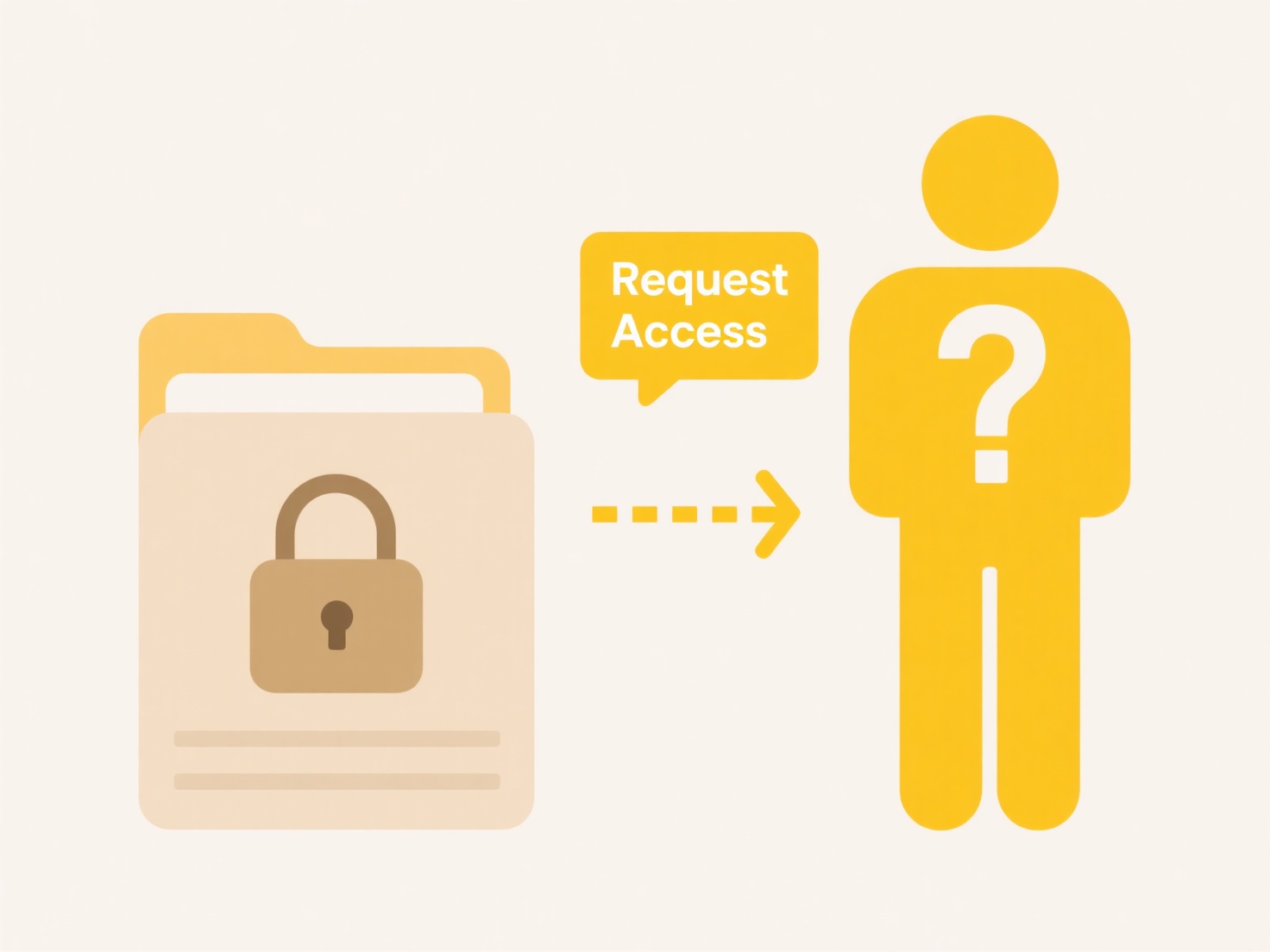
Duplicate naming rules prevent identical names for files, records, or items within a shared team workspace. They work by automatically checking new entries against existing ones during creation or renaming. This differs significantly from individual storage where duplicate names cause no conflicts, as shared environments rely on unique identifiers for organization and retrieval to avoid data mix-ups or overwrites.

For instance, a CRM platform might enforce unique customer account names to ensure each sales record is distinct and easily searchable. Similarly, a team's version control system (like Git) often prevents developers from committing multiple files with identical names in the same directory, maintaining code clarity.
The primary advantage is avoiding confusion, lost data, and errors during collaboration. However, strict enforcement can sometimes block legitimate entries where context differentiates them (e.g., similar project names across departments). Tools must balance standardization with flexibility, allowing rules to be configured or exceptions requested to support diverse workflows efficiently. Future systems might leverage AI for smarter contextual validation.
Can duplicate naming rules be enforced in a team?
Duplicate naming rules prevent identical names for files, records, or items within a shared team workspace. They work by automatically checking new entries against existing ones during creation or renaming. This differs significantly from individual storage where duplicate names cause no conflicts, as shared environments rely on unique identifiers for organization and retrieval to avoid data mix-ups or overwrites.

For instance, a CRM platform might enforce unique customer account names to ensure each sales record is distinct and easily searchable. Similarly, a team's version control system (like Git) often prevents developers from committing multiple files with identical names in the same directory, maintaining code clarity.
The primary advantage is avoiding confusion, lost data, and errors during collaboration. However, strict enforcement can sometimes block legitimate entries where context differentiates them (e.g., similar project names across departments). Tools must balance standardization with flexibility, allowing rules to be configured or exceptions requested to support diverse workflows efficiently. Future systems might leverage AI for smarter contextual validation.
Quick Article Links
How do I locate a file uploaded to a shared folder?
Locating a file within a shared folder involves using the tools provided by the storage platform to find specific conten...
Can I filter by multiple conditions (type AND date)?
Filtering by multiple conditions using "type AND date" means applying two or more criteria simultaneously to narrow down...
Can I convert folder structures into templates?
Yes, you can convert existing folder structures into reusable templates. This means capturing the hierarchy, folder name...